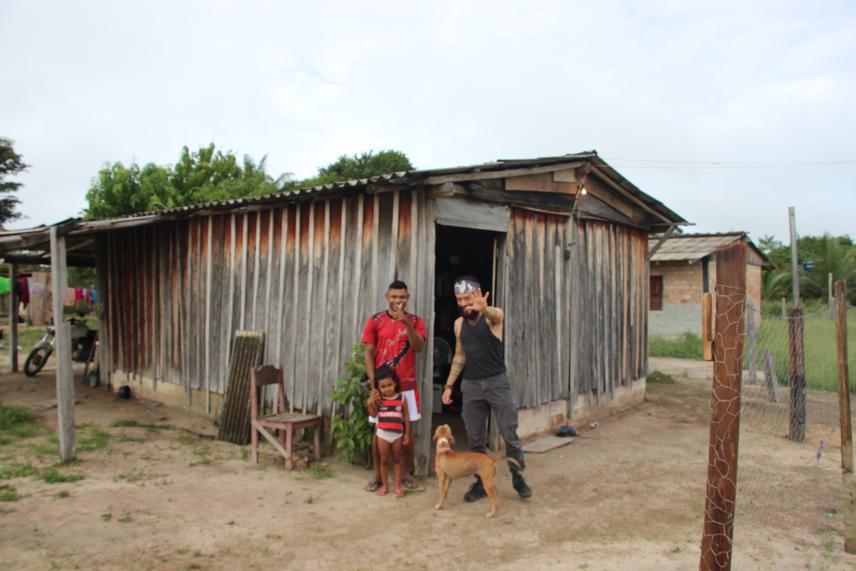Leandro Do Nascimento
This research project is the first one to use a soundscape ecology approach to investigate biodiversity and species acoustic interactions in the Brazilian Amazon. Techniques that can scale up massively to understand drivers of biodiversity loss and monitor endangered species are essential to meet conservation goals and establish more efficient policies. This proposal will make a novel contribution to biodiversity assessment and the study of interspecific animal communication at the landscape level in a highly threatened ecosystem. This will ultimately allow better policies to be formulated that meet both species conservation goals and human welfare.

This research project will use novel acoustic techniques to investigate biodiversity activity and interspecific animal communication in the Brazilian Amazon. This will be an important contribution to conservation and ecological science because it will fill two important gaps:
1) the monitoring of biodiversity across large spatial scales;
2) improve our understanding of how animals use acoustic cues to communicate, which is particularly important in an increasingly noise-dominated world.
First, we will look at how acoustic communities associate with vegetation structure across eight different Amazonian habitat types. Second, using data generated by passive acoustic monitoring (non-invasive technique), we will build species-specific models to identify automatically and monitor threatened species. Third, we will investigate interspecific communication in a predator-prey system involving non-human primates (prey) and birds of prey (predator).
Our study area is extremely relevant from a conservation perspective. In 2017, Viruá National Park became an official Ramsar site (wetland of international importance under Ramsar Convention) and it is also the national park with greatest vertebrate richness in Brazil. However, like many other Amazon regions, it is highly threatened by human development (e.g., dams, roads, wildfires, land use change). The proposed research has two immediate conservation implications: 1) to generate knowledge about biodiversity dynamics in threatened and poorly-studied Amazonian habitats; and 2) to determine the potential for passive acoustic monitoring to serve as a tool for research and conservation in the tropics, especially for monitoring threatened species.
The use of novel acoustic techniques powerful enough to monitor biodiversity and study species interactions at the landscape level will produce a long-lasting impact in the region and also help raise awareness about biodiversity conservation in local communities within which we have been working closely. Animal sounds are a charismatic but largely unexplored tool to promote and aid conservation and scientific outreach efforts.